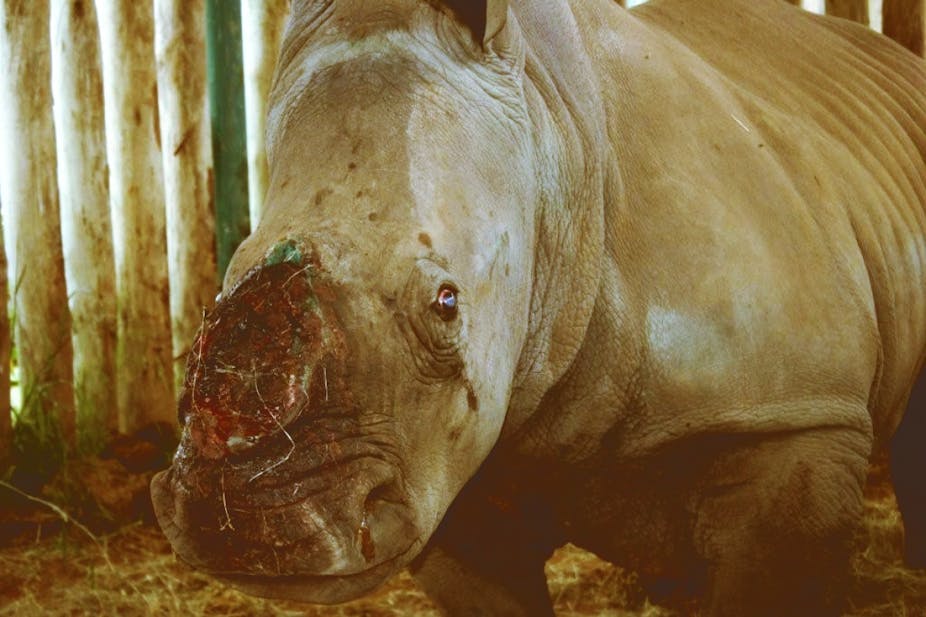Rhinos, elephants and the big cats like lions and tigers are all at risk of extinction as a result of a resurgence in the illegal trade of their body parts. Newspapers in recent days have been filled with the gruesome pictures of rhinos and elephants, their horns and tusks ruthlessly cut away.
Current international policy is to significantly invest in anti-poaching strategies and to reduce demand. In my view this is doomed to failure, because policy makers do not fully understand the complex social, cultural and economic nature of the wildlife trade. It is not a simple law enforcement problem, as western based conservation NGOs would have us believe.
The illegal trafficking of ivory and other wildlife parts is a billion dollar trade and it is unrealistic to expect demand reduction to work in the short term. The crazy prices - by weight, more than gold, more than cocaine - that are being offered simply reflect the very high value rich Asian businessmen place on them. Demand reduction programmes are powerless in the face of market forces unleashed by globalisation and exponential economic growth in countries such as China and Vietnam. Cultural change to reduce demand takes time, and with only a few hundred black rhino left, for example, time is something we don’t have. Indeed, in the next five years, with the increased penetration of China into the African continent, prices will continue rising as the animals become scarcer and trade and supply chains even more established.
Greater emphasis on enforcement is also misguided. First, effective enforcement will only drive prices up, which in turn encourages more poaching. Second, enforcing trade restrictions in countries in sub-Saharan Africa and South-East Asia that are rich in biodiversity but economically poor is highly problematic. Wildlife trade is intrinsically linked to livelihood strategies, tenure rights, governance issues and cultural practices along the length of the trade chain. A strict supply-based approach also generates negative outcomes for the rural poor who are most dependent on wildlife resources for their livelihood. In short, a political minefield, into which it is unlikely politicians will be tempted to stumble by funding the measures necessary to be effective.
What we need is a complete step-change in our approach to avoid the tragedy of these iconic species becoming extinct. Right now, we need to recognise that local people, many of whom live in crippling poverty, hold the key to the survival of these wonderful creatures. We need to divert money currently being funnelled into ineffective conservation projects run by governments and conservation NGOs directly into the hands of local communities. They should be empowered, equipped and paid to protect their wild charges from poachers. With a few notable exceptions around the world, local communities have at best been bystanders as the battle between conservationists and poachers wages on. What we need to do is change the game, recognising that it is right and proper that local people can escape poverty by protecting valuable wildlife using whatever approaches are deemed effective and legal.
What’s so wrong with people getting rich from protecting an animal? Why not pay people ten times more than they currently earn from their traditional livelihoods as wildlife guardians? The world can easily afford it - we cannot afford not to if we care about these beautiful beasts’ survival. Much of the money needed to do this is already there and can be redirected from the funds of existing under-performing conservation strategies.
In the medium term we need also to look again at proposals to allow limited hunting and trade in the body parts of some of these species. This would create a sustainable flow of funds for the future and create a legitimate trade in valued products such as ivory, but with trade volumes monitored and taxes paid.
High taxation will be critical to the success of any legalised trade. In order to pay for the costs of management and enforcement, yes, but also to make those who consume horn and ivory pay the full and proper price for their destructive use of wildlife.

